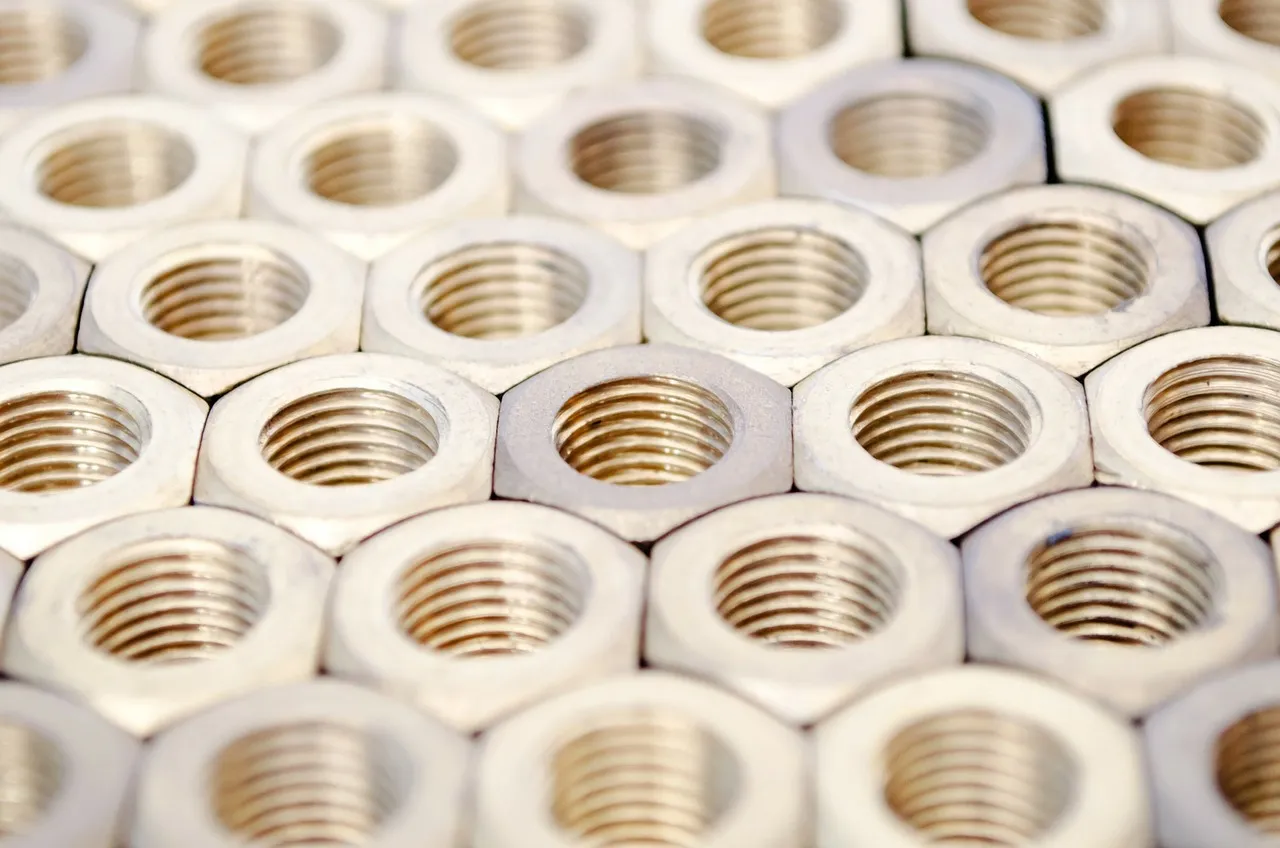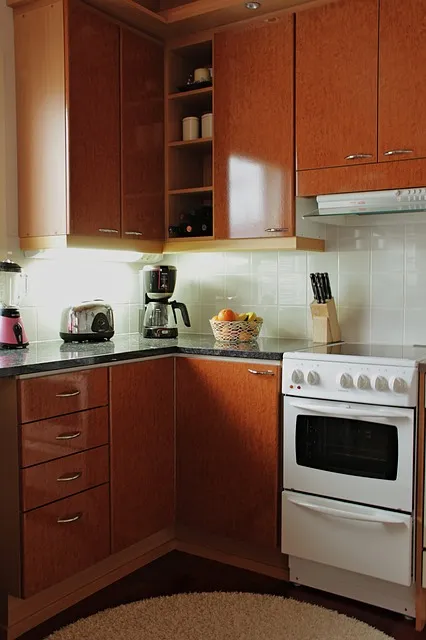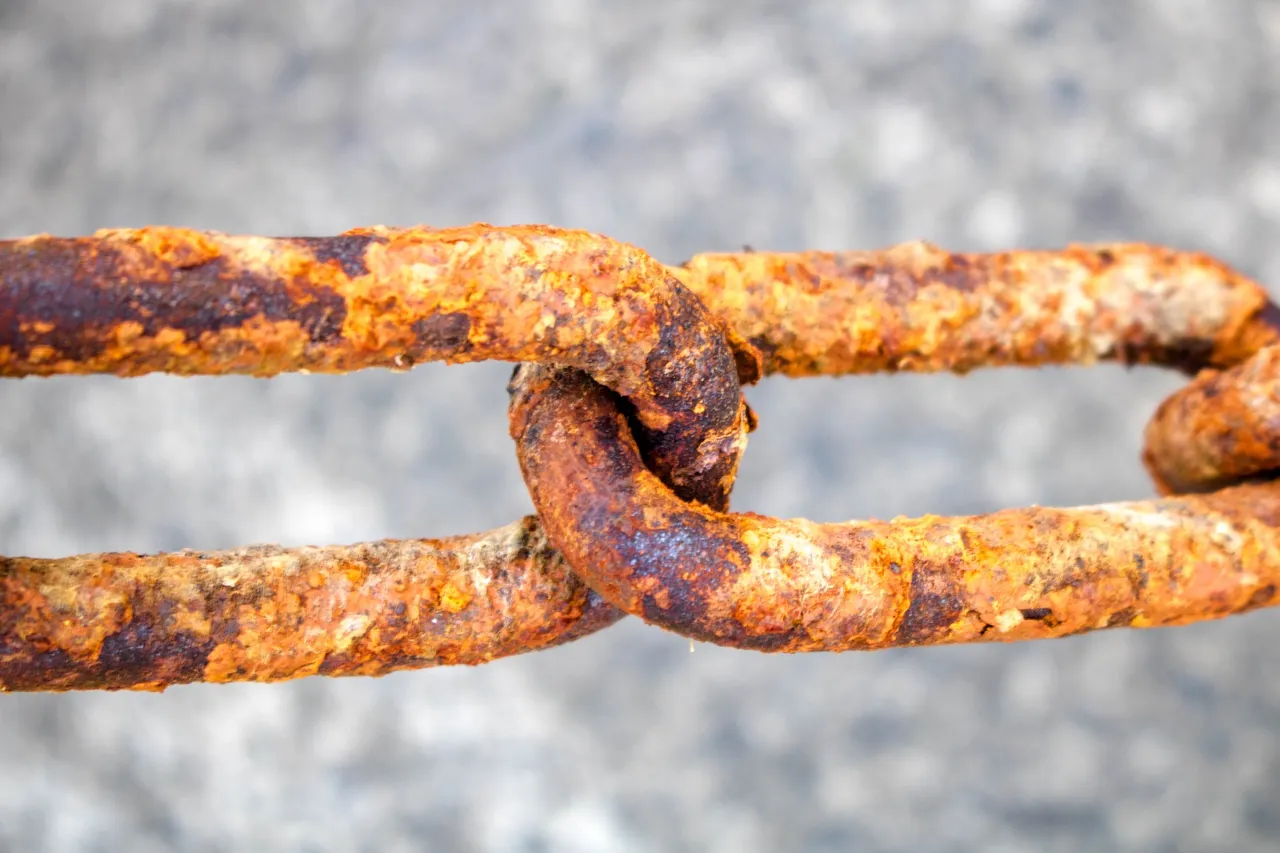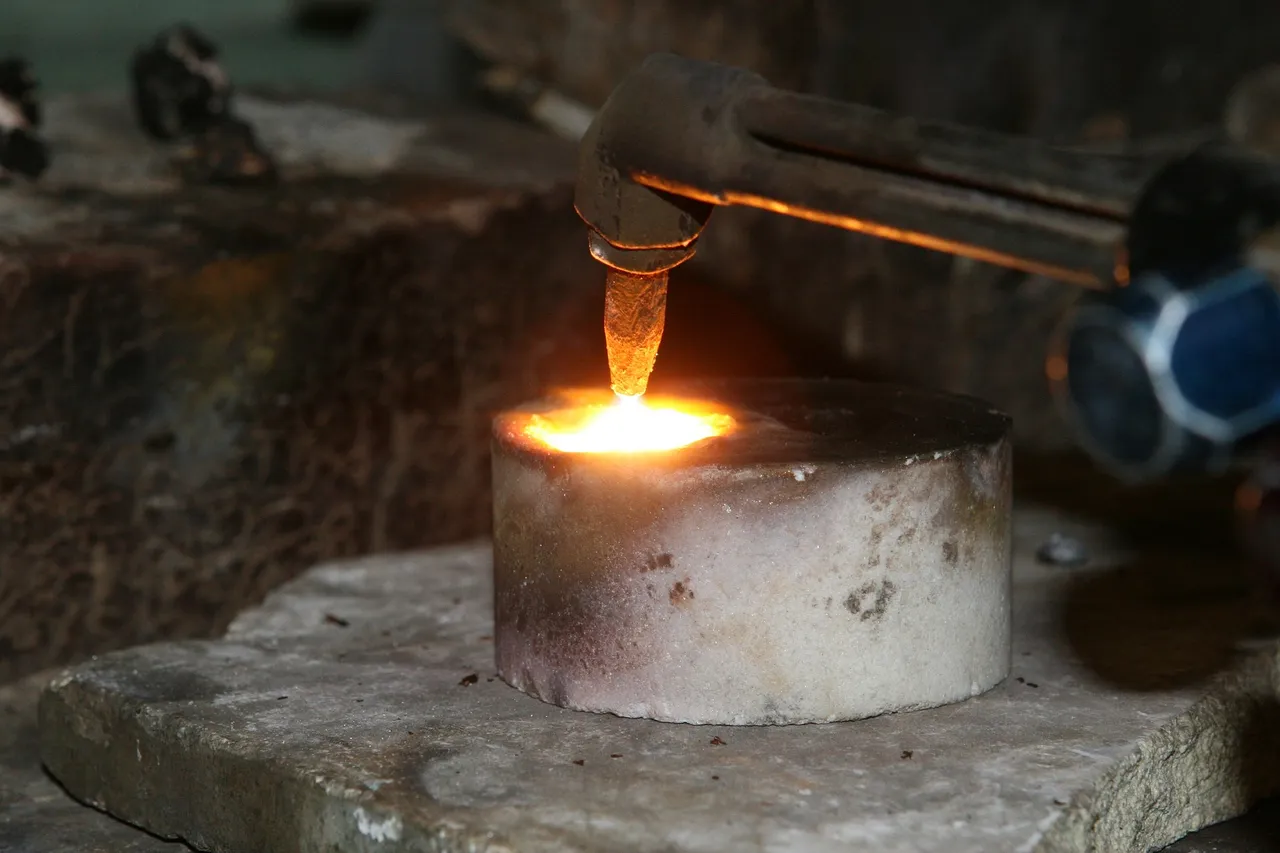I've posted about engineering related topics before and I will continue doing that. I'm trying not to go very in-depth in the technical details regarding the subject, but help to understand people principals behind different aspects in engineering.
Today, I'll tell you something about how engineers are selecting materials in product designing. However as we know, it's not always engineers who select materials but it can be special product designers who usually have a very different approact to materials than engineers do. And they are doing everything wrong.

Why can't everything be made of anything?
It would be great if we could use any material in every product. However as we know by common knowledge, there are some extremely specific things which cause materials unsuitable for certain uses.
Now let's try to imagine these:
- Wooden laser cover for a metal cutter
- Soft rubber door
- Golden boxing gloves
- Cast iron windshield
I'm quite sure they wouldn't work perfectly in their intended tasks. Not only are different materials better or worse suited by their mechanical properties, but sometimes they can be completely invalid for the intended task. Like the wooden laser cover, which actually was an idea of a classmate had.
I can tell you, if a laser cutter is able to cut steel, it will burn the wooden cover built around it.
Mechanical properties?
Hardness, fracture toughness, ductility, strength, stiffness, loading and stress & strain.
That's a long list of different mechanical properties. I would like to explain all of them, but I don't want to - and I tell you, it's boring, as it would require much more information to be understood properly.
However I will try to explain a bit through an example:
Compare standard stainless steel and a standard ceramic material. The ceramic material is harder than the steel is, which might be a surprise to some of you - however it has far lower fracture toughness.
- Ceramic material is extremely hard, but when it is hit with a too great force, it breaks into pieces. Shattered.
- Steel, however, is hard in our point of view - not as hard as ceramics are, but tougher. If steel is hit by a too great force, it is dented but will not shatter.
The mechanical properties of materials can somewhat easily be measured and compared, as there are standardized tests for mechanical properties.

I couldn't find a stove I'm used to from Pixabay, so no cast iron on this one!
What about more interesting properties than ductility, hardness and stiffness?
Not all properties are needed to be taken in consideration when designing something, as the requirements always depend on the intended use. If you are designing something to be used at sea, it should be corrosion resistant. If you are aiming to get a perfect tool to be used in environment filled with electricity, you might want the material not to be electrically conductive.
Have you ever thought of something as basic as a kitchen stove? The frame is most usually ceramic and cast iron is used for the kettles and pans because iron is very heat conductive, while the ceramics usually aren't.

Thinking deeper
One major factor when selecting materials for products is ow the materials can be manufactured. You can't drill holes in ceramics as into metal or wood. You cannot 3d print wood. So far I haven't seen anyone producing cast wooden doors.
The common issue is that it's easier to design something to truly think if it can be manufactured. We can design as fancy things as we like, but if nobody can make it, it is a bad design!
Manufacturing methods could be a thing of their own, but there are serious restrictions on what is possible and what is not. For example, quite many big cast iron parts contain extra "holes" in them as the manufacturing would have been impossible without these holes.
Then holes are created and plugged with huge steel plugs. It might sound crazy to create a hole which is supposed only to be plugged, but it is life.

The secret
What we rarely admit, but after all we rarely choose the best possible material for the product. We choose the one with cheap enough price.
We can plan something really good, but if it costs too much.. we'll get a grade B version of it, which might not work as intended.
Yay!

All images from Pixabay!